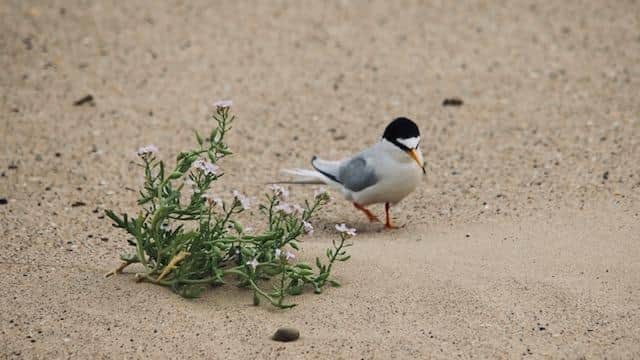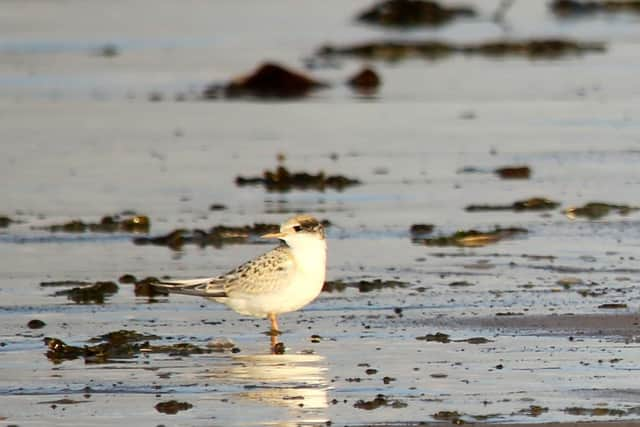‘Fantastic’ season for Seaton Carew little terns as nearly 90 chicks fledge
and live on Freeview channel 276
Eighty-seven birds have fledged from the site in Seaton Carew this year after a mixture of predators and weather disturbance meant just five terns in total fledged there over 2020 and 2021.
The terns have become a beloved part of the Seaton Carew landscape since first arriving in Hartlepool in 2019 after getting chased off from Crimdon Dene by crows.
Advertisement
Hide AdAdvertisement
Hide AdSite manager Amanda Bell from Durham Wildlife Trust has said the success is down to improved fencing and increased monitoring of the nest area.


For the first time this year the site has been looked after 24 hours a day, seven days a week, with a day and a night warden in place, which Amanda says helped keep foxes out of the nest area.
“We’ve had a fantastic year,” Amanda said.
She added: "We’ve been backed by members of the public. We’ve had loads and load of visitors down at the terns’ site.
"We’ve had so much support from the local people of Seaton Carew, you wouldn’t believe it."


Advertisement
Hide AdAdvertisement
Hide AdA total of 89 chicks hatched, with 87 of those fledging. Sixty-seven of the chicks have been ringed, which will help track their journeys.
The legally protected terns spend the winters in West Africa and return to the UK between April and May, with an annual round trip of around 7,000 miles.
Mark Dinning, Head of Conservation for Durham Wildlife Trust, said: “Every year we feel humbled that this tiny seabird chooses the beautiful North East coast as its breeding location.
“That the little terns travel all the way from West Africa and back again annually is remarkable. Nesting on such a popular beach brings its challenges for the birds and for the fantastic group of staff and volunteers who work tirelessly each year to protect the birds and educate visitors about the species.”


Advertisement
Hide AdAdvertisement
Hide AdAmanda has said people from as far as Scotland the Lake District have come over to Seaton Carew to see the terns.
Thanking volunteers, the council and Seascapes, she added: "The terns have been there four years now and the local population are kind of used to them now and they’re interested in them, really enthusiastic about them.”
The terns left on August 21 this year.
